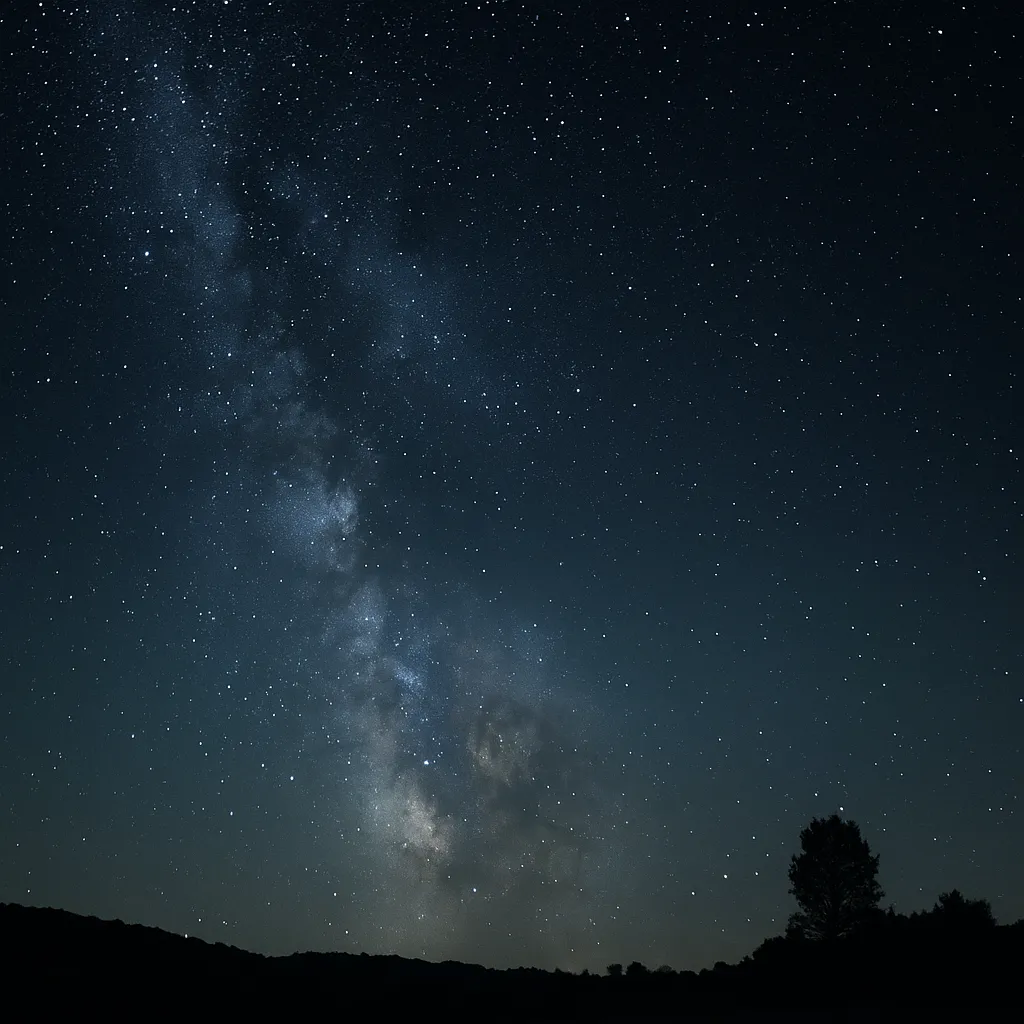Rare “Black Moon” Event Set to Darken Skies on August 22–23

August 19, 2025 (UTC) - Stargazers everywhere are excited for a Black Moon. It will happen early on August 23, or late evening on August 22 in North America. The Moon will be out of sight, so this new-moon phase is a great time to watch stars, planets, and deep-sky objects in dark skies.
At 2:06 a.m. EDT (06:06 UTC) on Saturday, August 23, the Moon will be in its new phase. It will sit between Earth and the Sun, making it completely dark from our view. For observers in Pacific Time, this moment falls at 11:06 p.m. PDT on Friday, August 22./strong>. Meteorological and astronomical sources say this event is a seasonal Black Moon. It’s the third new moon in a season of four. This happens about once every 33 months.
As the Moon’s sunlit side won’t be visible, skywatchers can’t really “see” it in the usual sense. Instead, the true spectacle is the exceptionally dark night that follows, offering:
Uninterrupted views of the Milky Way and faint star clusters.
The best time to see the Perseid meteor shower is around August 12–13. There can still be some meteors in the third week of August, too.
Look for bright planets in the pre-dawn sky! Venus, Saturn, Jupiter, and even Mercury will be easy to spot without the moon’s glare.
Local astronomy clubs and observatories are planning public viewing events./strong>. The Fox 13 Observatory in Los Angeles opens its telescopes at 10:00 p.m. PDT on August 22. Visitors can enjoy the Black Moon’s dark skies and take guided tours of Saturn’s rings and Jupiter’s cloud bands. ““This weekend, the lack of moonlight will let us see the Milky Way clearly,” said Dr. Elena Ramirez, director of community outreach at Fox 13 Observatory.
For global observers, the Black Moon’s timing varies by time zone:
6:06 UTC (2:06 a.m. EDT) on August 23 for Eastern North America.[^4]
Late evening of August 22 for Pacific regions.
Pre-dawn hours of August 23 across Europe, Africa, and Asia.[^4]
You don’t need any special gear to see the Moon’s absence. Just go to a dark-sky spot on August 22 and 23, then let your eyes adjust. Amateur astronomers suggest using binoculars or small telescopes. This helps you see the fine details of star clusters and nebulae when moonlight isn’t too bright.
The Black Moon has a strange name but cannot be seen. It reminds us that the best views of the cosmos happen when nothing blocks our sight of its beauty.
Sources: Space.com; FOX 13 News; Hindustan Times.
Categories
Autos and vehicles Beauty and fashion Business and finance Climate Entertainment Food and drink Games Health Hobbies and leisure Jobs and education Law and government Other Politics Science Shopping Sports Technology Travel and transportationRecent Posts
Tags
Archives
08/19/2025 (3) 08/20/2025 (40) 08/21/2025 (27) 08/22/2025 (22) 08/23/2025 (4) 08/24/2025 (21) 08/25/2025 (30) 08/26/2025 (24) 08/27/2025 (29) 08/28/2025 (16) 08/29/2025 (9) 08/30/2025 (13) 08/31/2025 (17) 09/01/2025 (167) 09/02/2025 (124) 09/03/2025 (149) 09/04/2025 (112) 09/05/2025 (72) 09/06/2025 (169) 09/07/2025 (162) 09/08/2025 (150) 09/09/2025 (176) 09/10/2025 (194) 09/11/2025 (194) 09/12/2025 (186) 09/13/2025 (207) 09/14/2025 (159) 09/15/2025 (175) 09/16/2025 (198) 09/17/2025 (196) 09/18/2025 (196) 09/19/2025 (207) 09/20/2025 (129) 09/21/2025 (4)